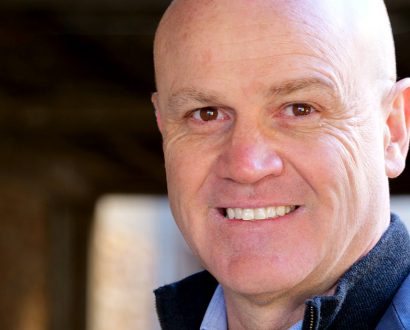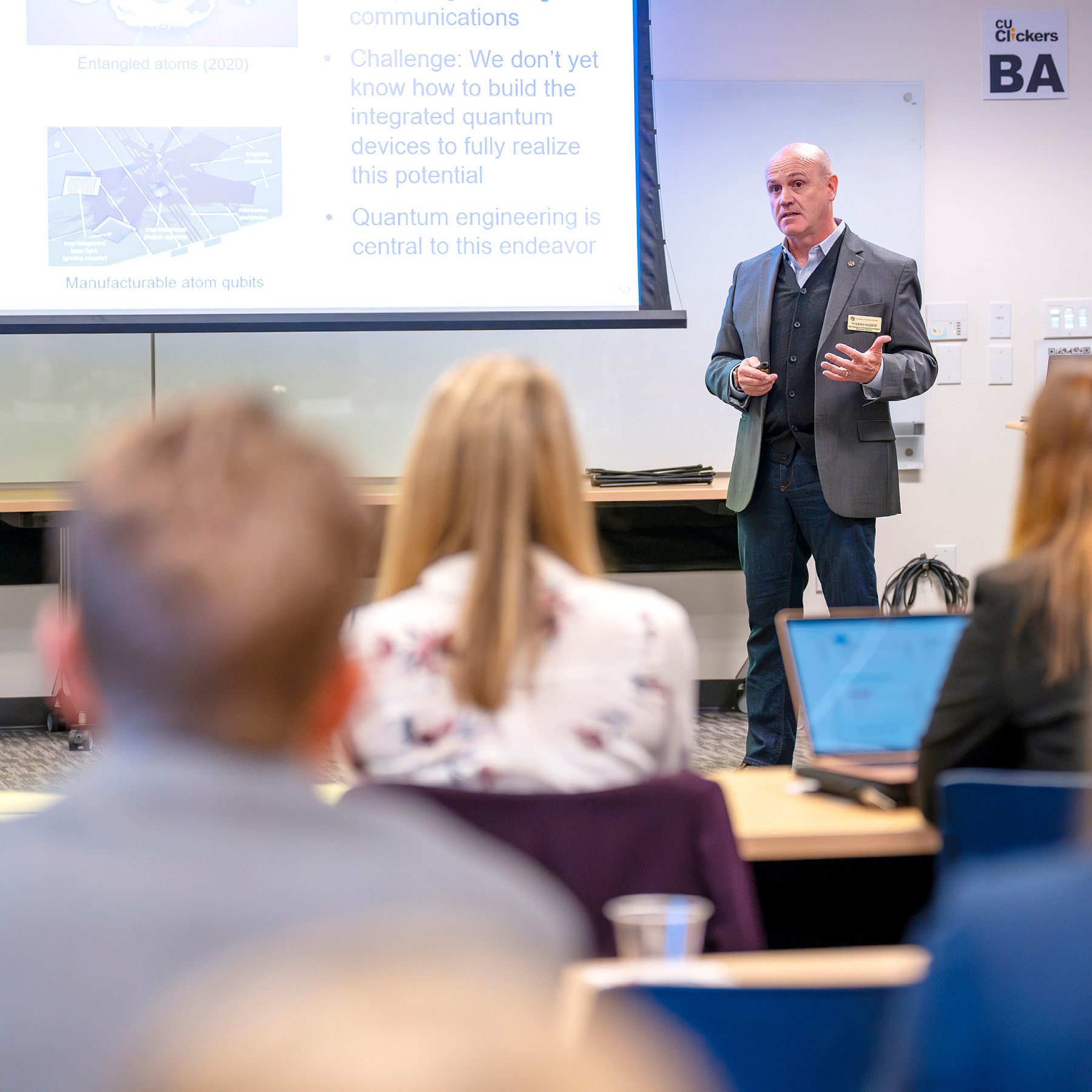From research to impact: Massimo Ruzzene

Research is more than just a group of scholars furrowing away behind closed doors in universities around the globe – and Massimo Ruzzene of all people knows that. As the Senior Vice Chancellor for Research and Innovation at the University of Colorado Boulder (CU Boulder), he sees research as a broad arc that moves from initial findings to real-world applications.
"Research, creative work and scholarship are a spectrum of activities that go from the fundamental discovery to the translation of ideas into commercial products, ventures or opportunities that impact society," Ruzzene tells The CEO Magazine.


In his capacity at CU Boulder, he sees this play out on a daily basis, particularly across the university’s four main research pillars: space, climate, health and quantum.
"We work in areas that are very timely," he says. "The work that we do, we do it at a very high level in areas that are really important to society these days."
Quantum leap
Speaking of quantum, Ruzzene describes the field as an area of strength at CU Boulder ever since the early 1960s, when the university paired with the National Institute of Standards and Technology to form the joint institute, JILA.
"Historically, it has been focused on fundamental research and science, but that has led to transformative discoveries," he says, revealing that CU Boulder has had four Nobel Prize winners in physics since 2000.
Ruzzene, who was appointed to the role in 2023 and is also the Slade Professor of Mechanical Engineering, says that the university is building on that success to accelerate the translation of quantum science discoveries into real-world applications that benefit society.
"It’s no accident that a large number of quantum companies are located in this area, many of which spin off the university, but many also come from other places to this region because of the workforce and the knowledge and the expertise that is available here," he explains.
Start me up
Ruzzene explains that a very important and fast-growing piece of CU Boulder’s portfolio is its startup creation.
"In 2024, the university launched 35 startups, which is the second highest number in the United States ever recorded," he says. "We have a large pipeline of startups that are coming out that are taking our intellectual property and translating it into ventures and which, for business leaders, could potentially contribute to their missions or could be acquisition opportunities for companies."
This position was strengthened by a 2024 Tech Hub grant from the United States Economic Development Administration to Elevate Quantum, a consortium that counts CU Boulder as a member. The award brings nearly US$130 million to the region to develop the pipeline of quantum discovery and quantum applications.
As part of this initiative, a quantum incubator launched in January 2025, providing a space for companies to collaborate with CU Boulder researchers to test technologies and devices, develop test beds and launch potential ventures.
"I see quantum as an example of what we can do in many domains to really take advantage of not only what the university does, but also what the environment in Boulder and the Front Range is providing in terms of discoveries," Ruzzene notes.
Health, space and climate
Health is another of the university’s main research pillars; so much so that the university ranks among the top two in terms of National Institute of Health funding to universities without a medical school.
Of its portfolio of health-related research on campus, the Molecular, Cellular and Developmental Biology department is particularly renowned. Alongside it, the BioFrontiers Institute was founded in 2003 and focuses on computational biology, bioinformatics and RNA discoveries. The Institute has grown out of the vision of Tom Cech, who won the Nobel Prize for Chemistry in 1989 when he was affiliated with CU Boulder and returned as the Institute’s first Director in 2009.
"That institute is another example of how scientific discovery can lead to drug discoveries that are really transforming and having a direct impact on creating cures, tests and vaccines," Ruzzene says.
Given Colorado’s position as the nation’s second-largest aerospace economy, with a large industry presence ranging from multinationals such as Lockheed Martin to smaller startups, it’s also hardly surprising that space is another of CU Boulder’s key research pillars – in fact, it’s a subject that touches 40 percent of the university’s total portfolio in one way or another, Ruzzene says.
"The understanding of space, space observation of our earth and our planet, space exploration, space-based communications and space weather are all areas that we excel in – and they’re really important for society at large now," he says.
CU Boulder’s Ann and HJ Smead Aerospace Engineering Sciences school is one of the largest university aerospace departments and brings in between US$50 and US$60 million in research dollars annually. Another of its research institutes, the Laboratory for Atmospheric and Space Physics, has sent spacecraft to every planet of the solar system.
"They’re uniquely positioned to operate in a university environment while being able to build aircraft from scratch and send it to any planet and any asteroid that belongs in the solar system and beyond," Ruzzene says.
The institute has an ongoing relationship with the United Arab Emirates Space Agency that started with the Emirates Mars Mission and has since extended to exploration of the asteroid belt.
CU Boulder’s space exploits flow into other areas, especially its fourth research pillar: climate.
"Some of it is very intertwined," Ruzzene says. "Our space work, our satellite small set work, feeds in and contributes to our work in climate monitoring, environmental observation and earth observations."
Working closely with the National Oceanic and Atmospheric Administration, almost a thousand researchers are at work inside the Cooperative Institute for Research In Environmental Science to advance understanding of the Earth systems. The Institute of Arctic and Alpine Research is another dedicated to the Earth’s systems with roots in polar regions, alpine environments and Quaternary (Earth’s most recent geological period) history. A collaboration with the National Renewable Energy Laboratory has seen the Renewable and Sustainable Energy Institute emerge.
A preferred partner
This footprint positions CU Boulder not only as the flagship campus for the state of Colorado but also as a top research university nationally. And, with its research institutes and the federal labs based in the region, he knows Boulder has a pull for business leaders looking to learn and understand what the university is doing in these core research areas.
As such, Ruzzene and his colleagues are focused on becoming a preferred partner for businesses around the world.
"Creating a business-friendly environment is a strategic area that we are really working on so that business leaders can see our university as an effective and useful contributing partner in their goals. We can partner by providing solutions, ideas, advances in science, technology, policy and also our students and our workforce," he says.
"We want to do this by being open, by being a peer collaborator with the businesses that we may want to have relationships with.
"At the end of the day, what is really important to me and my researchers is that our work is relevant and solving important problems that society needs and cares about – and that can only happen with close collaboration with business leaders and large businesses."